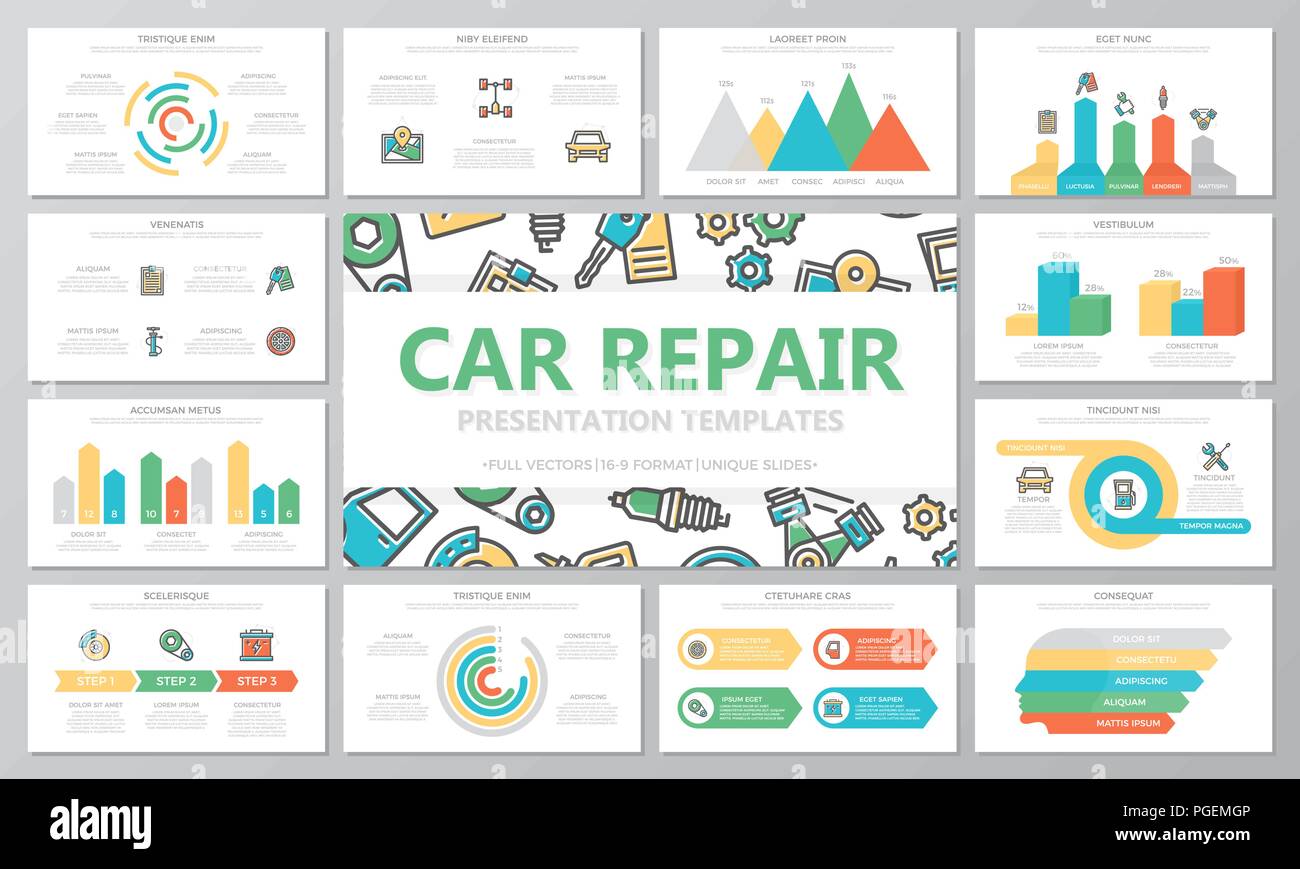Learn To Interpret Vehicle Warning Lights And Address Possible Issues With Guarantee
Learn To Interpret Vehicle Warning Lights And Address Possible Issues With Guarantee
Blog Article
Post Writer-Guy Emery
When you lag the wheel, those little caution lights on your automobile's dashboard can be quite bewildering. What do they mean, and should you be worried? Understanding these signals is crucial for your car's wellness, yet it doesn't need to be an overwhelming task. By translating the secret behind each light, you'll be geared up to handle possible problems successfully and maintain your cars and truck running efficiently. So, following time a caution light flashes, don't panic - arm on your own with knowledge and take control of the situation.
Relevance of Automobile Warning Lights
Understanding the value of your car's warning lights is critical for maintaining your lorry's health and safety. These lights serve as your auto's communication system, signaling you to potential problems that can threaten your security on the road or lead to costly fixings if neglected. By focusing on these warnings, you can address troubles early and protect against more damages to your car.
Ignoring alerting lights can result in severe repercussions, such as engine failure, brake breakdowns, and even mishaps. These lights are created to inform you of problems varying from low tire stress to engine malfunctions, giving you the chance to do something about it before the situation aggravates. Frequently checking and understanding these warnings can save you time, money, and guarantee your safety while driving.
Along with keeping you secure, reacting without delay to alerting lights can likewise help extend the life expectancy of your cars and truck. By dealing with problems early, you can stop little troubles from escalating into significant repair work, ultimately conserving you money and time in the long run. Bear in mind, your vehicle's caution lights are there for a factor - don't overlook them!
Common Caution Lights and Meanings
When it involves driving your auto, recognizing usual caution lights and their meanings is vital for your security and automobile upkeep. Here are a few common warning lights you may experience:
1. ** Inspect Engine Light **: This light suggests an issue with your engine. Maybe something small like a loosened gas cap or something extra serious like engine misfiring.
2. ** Battery Light **: This light signals a trouble with your cars and truck's billing system. It might show a malfunctioning battery, generator, or various other associated components.
3. ** Oil Stress Light **: When this light begins, it means your engine may be running low on oil or experiencing low oil stress, which can cause engine damage if not attended to quickly.
4. ** Brake System Light **: This light shows an issue with your stopping system. It can mean low brake liquid levels or an issue with the brake system that needs immediate interest.
Understanding Read More At this website will aid you identify potential concerns early and prevent even more substantial issues down the road.
Just how to Respond to Warning Lighting
In case a warning light brightens on your vehicle's dashboard, it's important to react without delay and suitably. When simply click the next web page begins, the first step is to consult your proprietor's guidebook to recognize the specific issue indicated by the light.
Some lights call for instant attention, while others may indicate a less urgent matter. If the caution light is red or flashing, it's typically an indication of a serious issue that requires immediate action. In such situations, it's a good idea to pull over safely, shut off the engine, and look for specialist assistance.
For more information or orange warning lights, while they may not require immediate interest, it's still vital to resolve the hidden concern quickly to avoid additional damages. Normal upkeep and examination can aid stop warning lights from coming on all of a sudden.
Conclusion
To conclude, recognizing your car's caution lights is critical for maintaining your vehicle's health and safety. By on a regular basis inspecting and responding to these warnings, you can address potential issues early and stop costly repair services or safety and security threats. Remember to consult your proprietor's handbook for details on various caution lights and always take prompt action for red or blinking lights. Remain proactive and maintain your car running smoothly!
